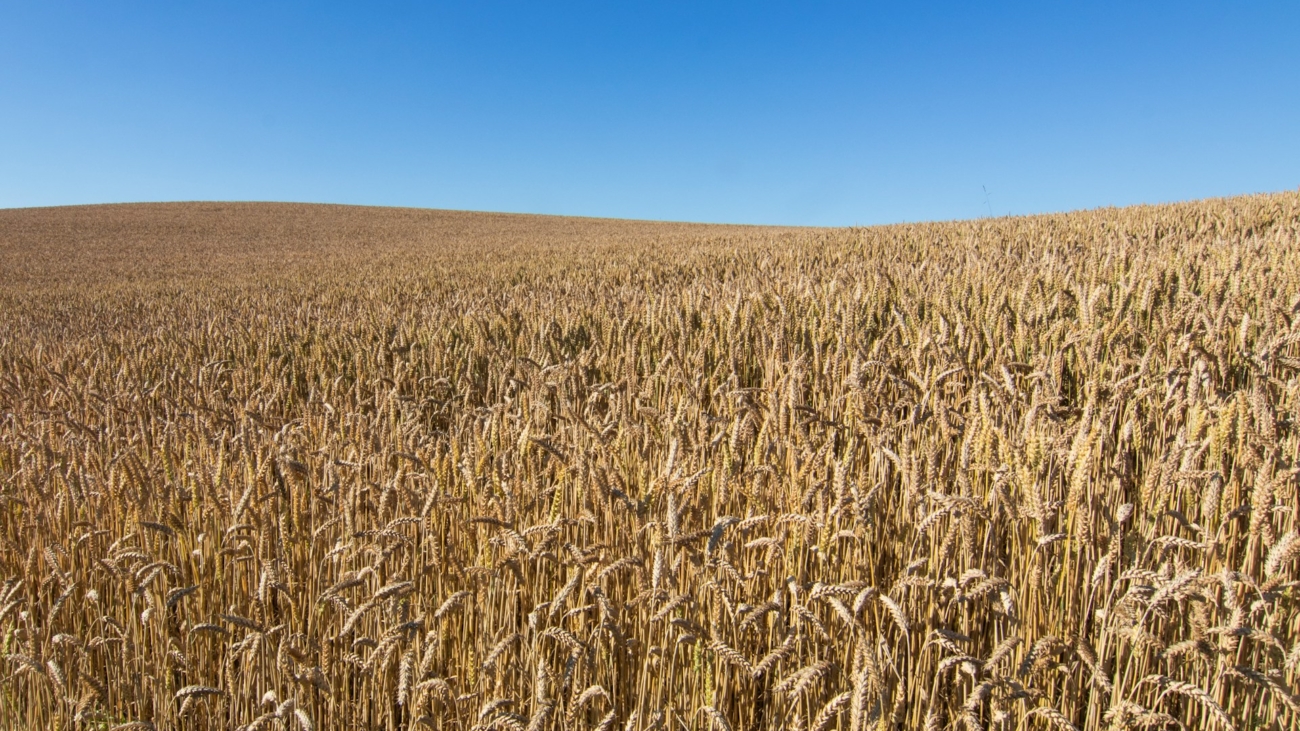As the global population continues to soar, with estimates suggesting it will reach nearly 10 billion by 2050, the challenge of ensuring food security becomes increasingly urgent. Intensive agriculture, which aims to maximize yield per unit area, emerges as a vital solution. However, this approach faces significant challenges, including maintaining nutritional quality, managing pests, and preserving soil health. Innovations in computing and intelligence offer promising solutions to these issues, paving the way for a more sustainable and productive agricultural future.
The Nutritional Challenge
One of the primary challenges in intensive agriculture is ensuring that the increased yield does not come at the expense of nutritional quality. High-yield crops often have lower concentrations of essential nutrients, which can lead to malnutrition even when caloric needs are met. Addressing this requires a dual focus on quantity and quality.
Innovative Solutions
Advances in biotechnology and genetic engineering can play a crucial role here. By modifying crops to enhance their nutrient profiles, scientists can develop varieties that provide higher levels of vitamins and minerals. Precision agriculture, enabled by computing and artificial intelligence (AI), allows for the monitoring and adjustment of nutrient levels in crops in real time, ensuring optimal growth conditions and nutritional outcomes.
Yield Optimization
Achieving high yields consistently is another significant challenge. Intensive farming techniques, such as monocropping and heavy use of fertilizers, can lead to soil degradation and reduced long-term productivity.
Innovative Solutions
AI and machine learning algorithms can analyze vast amounts of data to optimize planting schedules, irrigation, and fertilization processes. Predictive analytics can forecast weather patterns and pest outbreaks, allowing farmers to take preemptive actions. Moreover, vertical farming and hydroponics offer innovative ways to produce high yields in controlled environments, minimizing the impact on soil and water resources.
Pest Management
Pests and diseases pose a continual threat to agricultural productivity, and intensive farming can exacerbate these issues due to the close proximity of crops, which facilitates the rapid spread of infestations.
Innovative Solutions
Integrated Pest Management (IPM) strategies, enhanced by AI, can provide more effective and sustainable pest control. AI-powered drones and sensors can monitor fields for early signs of pest activity, enabling targeted interventions that reduce the need for broad-spectrum pesticides. Additionally, biological control methods, such as introducing natural predators or genetically modified organisms that are resistant to pests, offer sustainable alternatives.
Soil Health
Intensive agriculture often leads to soil depletion, erosion, and loss of organic matter, threatening the long-term viability of farming lands. Maintaining soil health is crucial for sustained agricultural productivity.
Innovative Solutions
Soil sensors and IoT (Internet of Things) devices can continuously monitor soil conditions, providing data on moisture levels, pH, and nutrient content. This information allows for precise adjustments to irrigation and fertilization, ensuring that soil health is maintained. AI can analyze soil data to recommend crop rotations and cover crops that enhance soil fertility. Moreover, regenerative agricultural practices, supported by AI, can help restore soil health through techniques such as no-till farming and composting.
Conclusion
Intensive agriculture holds the potential to support the growing global population, but it must overcome significant challenges related to nutrition, yield, pest management, and soil health. Innovations in computing and intelligence offer powerful tools to address these challenges. By integrating AI, IoT, and biotechnology into agricultural practices, we can create a more sustainable and productive farming system that not only meets the food demands of the present but also preserves resources for future generations. The future of agriculture lies in the intelligent integration of technology, ensuring that we can feed the world without compromising on quality or sustainability.

